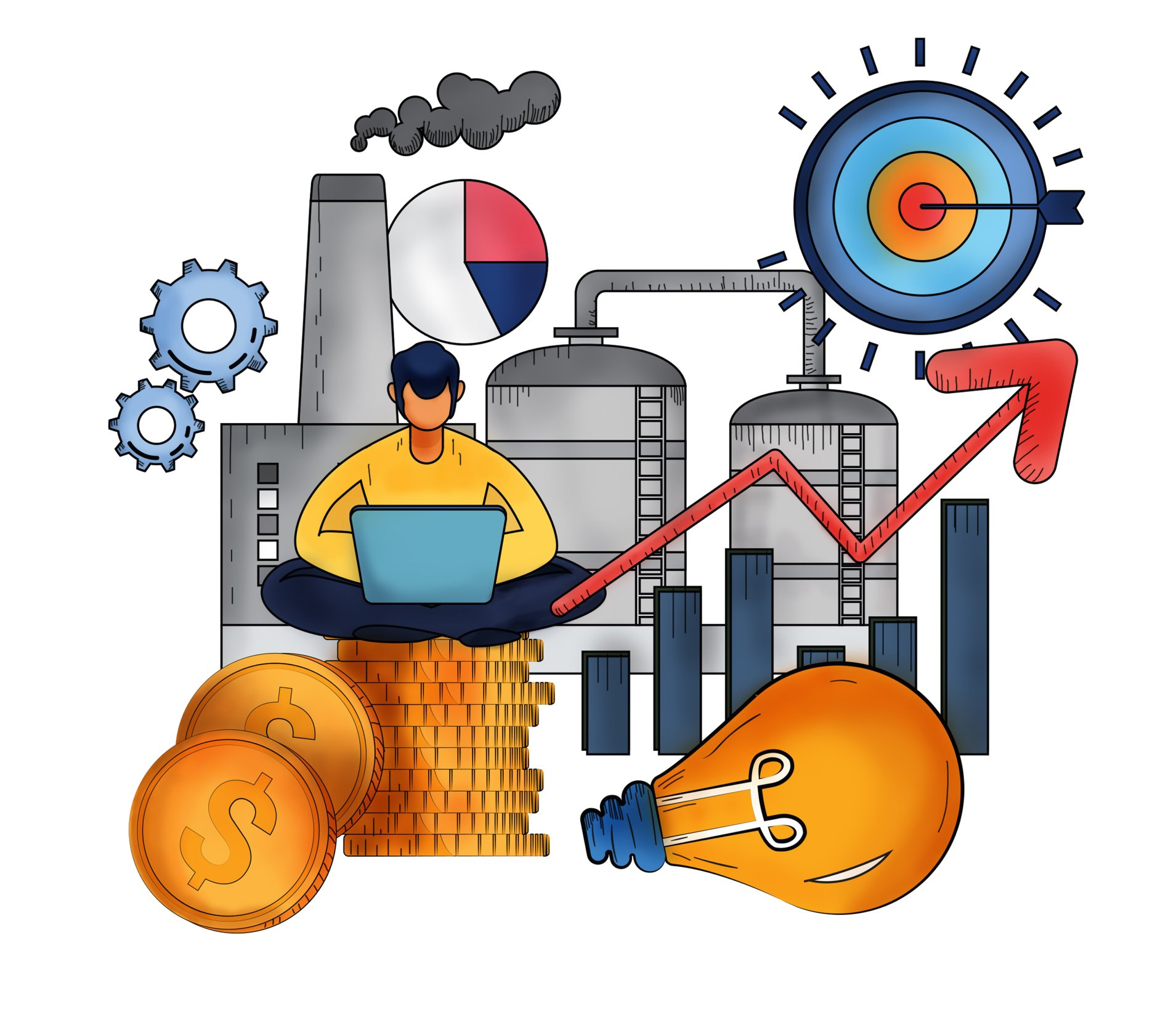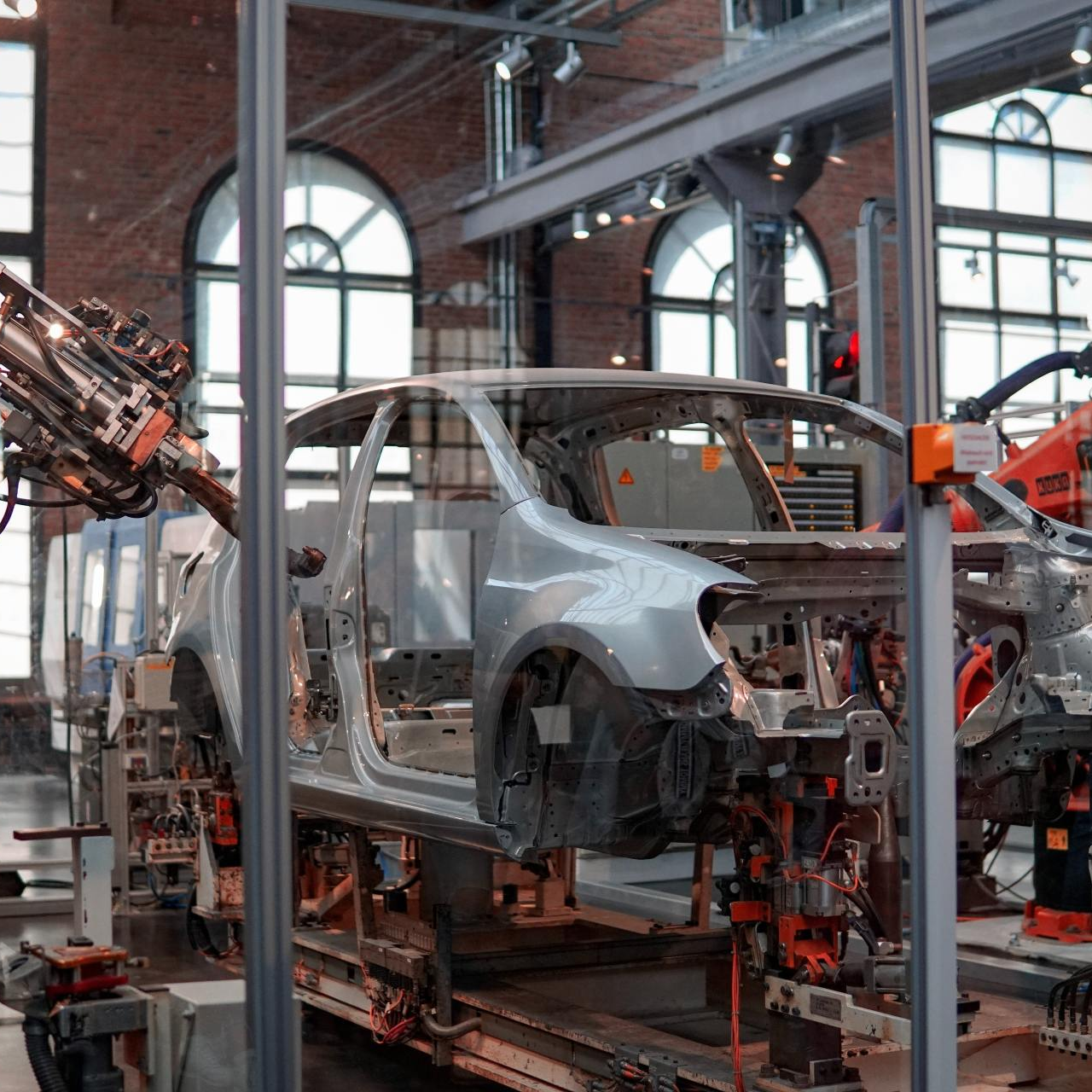Blog-Layout
Don’t listen to the hype: Tesla won’t make it to 2025!
Kenny Arzo • Mar 05, 2020
In late January, Tesla’s share price hit a record high and took its market capitalisation to $100 billion. That makes it worth more than the US’ stalwart carmakers Ford and GM – combined – and dwarfs valuations in the historically incredibly successful, highly profitable German automotive industry. Now, I certainly wouldn’t be alone in stating that this is a valuation not supported by the underlying numbers: even the most ardent of Tesla cheerleaders will agree that the dizzying figure says as much about Elon Musk’s gift for marketing and investors’ search for digital outlets for the huge sums of money they have sloshing around. Here’s where I am on my own, though: I don’t just think Tesla is overvalued – I don’t even think Tesla will make it to 2025!
Why do I think Tesla will fail? No, not because it won’t be able to ramp up production fast enough (although that certainly is a challenge); no, not due to quality issues (which have affected all carmakers at some point); and no, not because I think Musk will do something so crazy that even his evangelists baulk (Musk can get away with pretty much anything these days). No, these are all sideshow issues – and actually quite surmountable – compared to the real point: Tesla has got its strategy wrong.
Tesla strategy: from ‘big fish, small pond’ to ‘minnow in an ocean of sharks’
Tesla ‘s success to date has relied on exploiting a gap in the market that it was clever enough to identify early: given fleet emissions regulation in recent years, it made more sense for established carmakers to focus first on electrifying their high-volume vehicles, meaning that, until recently, none of the big manufacturers had any interest in developing a luxury electric saloon. So with the Model S, which filled a niche gap in the market: premium electric. Until now, Tesla has been a big fish in a small pond.

The issue going forward, however, is that this pond is no longer an undiscovered backwater: established premium manufacturers are now developing luxury electric vehicles to comply with even tougher emission regulations and, in view of Tesla’s runaway success, to start defending their market position. Striking examples of this shift are the new Porsche Taycan, Mercedes EQC, and Audi e-tron. In other words,
Tesla is now out of the pond and at sea in the ocean. And that ocean is teaming with sharks.
Tesla operations: why it can’t swim as fast as the sharks
Elon Musk is, of course, a brilliant entrepreneur who combines true vision with a can-do attitude in a way which frequently confounds doubters. I wouldn’t rule out him actually getting people to Mars. But putting people on the Red Planet is actually not all that hard compared to the challenge of producing a profitable electric vehicle at scale in a the highly competitive automotive market facing the full combined firepower of OEMs such as GM, BMW, Mercedes and Volvo.
To date, why have people decided to buy a Tesla? Not for quality, engineering, or performance: anyone who places these ahead of all other considerations is much better off with pretty much any other car from an established US, European, or Japanese carmaker. Yet Tesla managed to overcome these disadvantages by (1) offering an electric car in the luxury segment and (2) offering extraordinary infotainment and software in that vehicle. In other words, Tesla works with recruits from top high-tech companies like Apple and Google to create a fantastic user experience – crucially: one fantastic enough to make the user forget the manifold faults of the vehicle.
So while established OEMs were busy meeting their overall fleets emission targets by focusing on electrifying their high-volume models in the small to middle class segment, Tesla gained a high market share with the Model S, especially in the Nordic countries where there are high incentives to buy an electric car (and ample wealthy customers able to afford one). Model S buyers are the kind of people who would previously have bought the A8 or S-Class vehicles Audi and Mercedes hadn’t yet bothered to electrify due to the high invest required and lack of immediate pressure in lax European regulations.
Yet these regulations have been tightened up – and the German premium makers have woken up to the fact that Tesla is stealing some of their best customers. The result is that they – and other high-end manufacturers like Volvo – are now on the hunt for Tesla’s market share with new electric or hybrid saloons and vastly improved in-car software. A slew of premium models with alternative powertrains is now coming on stream: the Mercedes GLC Hybrid, E-Class Hybrid, and ECC; BMW’s 5 Series and X5 Hybrids; the Porsche Taycan; the Audi e-tron (and the list goes on).
As well as the infotainment and software which marked Tesla apart to date, these vehicles will, in terms of quality, safety and performance, leave Tesla looking like a non-starter; what is more, with their existing industrial infrastructure and decades of production experience, the established OEMs are unlikely to suffer the same excruciating delays in delivery as Tesla. Yet just at this moment, Tesla is trying (and failing) to get out its mass-market vehicle, blurring its focus on the lucrative premium market for which it now faces stiff competition. Its strategy going forward is muddled to the point of non-existent. In other words, Tesla is now floundering around in the ocean – and sharks are attracted to signals of distress...
My hunch is that, once investors understand this, they will very quickly lose patience with Tesla and, given the manufacturer’s inability to produce and sell vehicles at a profit, that its dive into the red and to rock bottom will be as breathtakingly swift as its rise to a twelve-digit valuation.

By Kegham Arzo
•
14 Sep, 2020
Ask almost anyone smart doing a business degree at the moment about their career plans, and you’re bound to hear the word “start-up”. Even if they don’t use those specific one-and-a-half words, they will almost certainly list the typical features of young companies when describing their preferred working environment. What you certainly won’t find are talented graduates queueing up for 9-to-5s at medium-sized manufacturers in provincial towns without so much as a co-working space. Why start-ups are attracting employees – and would-be employers

By Kegham Arzo
•
09 Aug, 2020
Amidst all the reports of yesterday’s garage/spare-room/co-working space start-up becoming today’s multi-billion-dollar enterprise, many traditional industrial companies – large and small, mass-market and niche – feel overwhelmed by the prospect of the digital transformation. While some bury their head in the sand, assuming – despite mounting evidence to the contrary – that their own particular area of industry is somehow safe from digital challengers, others understand the urgency of adapting their business to match the epochal shift in the economy, and are willing to invest in order to push their transformation forward. This latter group should be commended. As any good shrink will tell you, accepting that you have a problem is both the hardest step to take and also the core prerequisite to beating it. And it is not easy to accept that simply producing what you have always produced and selling it to the customers you have always sold it to is no longer a recipe for success. So industrial companies who have recognised the shift in the economy – and who are prepared to adapt previously profitable business models to an uncertain digital future – have already cleared the highest hurdle. The problem, though, is that they are falling down at the next one. Digital industrial strategy: keeping the cart behind the horse

By Kenny Arzo
•
26 May, 2020
Today, I came across this article on Reuters about problems at car parts manufacturer Benteler. It caught my attention not only due to the business strategy questions it raises, but also due to an emotional connection I have to the company: Benteler was my first employer. And it was a great place to start my career. Surrounded by top industry professionals, I quickly found myself on a tremendously enriching learning curve – and building friendships with colleagues with whom I am still in contact today. So it is sad to read classic financial press copy like “compounding problems at the family-owned company”, “ill-fated U.S. expansion”, and “restructuring talks with creditors” about a company I owe so much to. It certainly seems like there is a political issue, too: I can understand why the German government might not be so keen to help out a company which fled to neighbouring Austria on a corporate tax dodge and has now come back begging for cash… I think the really interesting question, though, is just what happened to such a large-scale and highly-professional global operation – a textbook example of German family-owned business success – to reach such an unfortunate state? Well, here is my opinion – not as “insider” anymore, but as someone who knows the company and its market well. So let’s start by looking at that market . For decades, Automotive was a continuous growth market in which well-established, globally-active automotive suppliers were able to participate by expanding their manufacturing capacities and growing with the OEMs. This dynamic started to change in 2017, however, in line with shifting customer behaviour. Car ownership among the younger generations started to decrease and in recent years, new business models catering to those who do not buy and run their own vehicles have sprung up, especially in larger cities: car-sharing providers, rent-a-bike schemes, ride-hailing apps. What is more, the new millennium has brought improvements in public transportation together with a growing environmental awareness. In the long term, all of this serves to discourage consumers from buying a car. And now, for the second time in this young century, there has been a breathtakingly sharp drop in demand, sending global volumes plummeting and impacting directly on suppliers who are largely reliant on OEMs.
